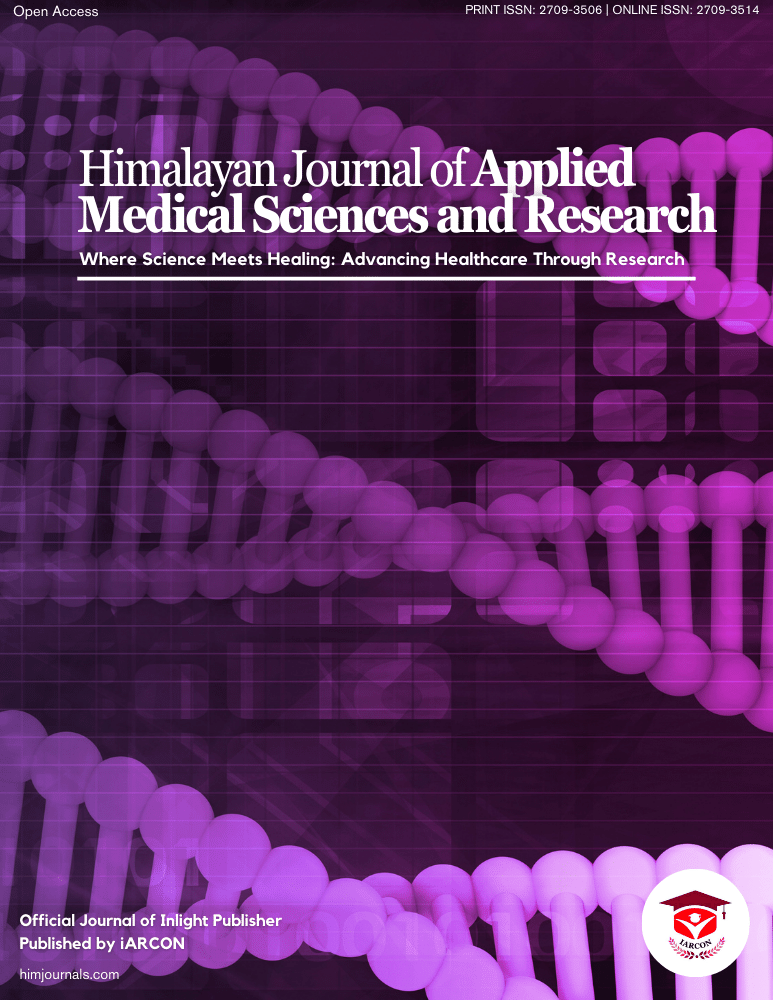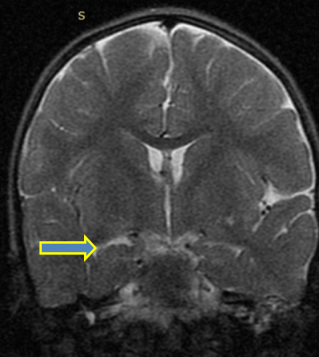APA
S. Sheshan, V., Mulla Bahuddeen, M., None, M. & N. Chandra, S. (2021). The Role of Elevated CRP in Assessing the Severity and as a Prognostic Marker in Covid19 Patients. Himalayan Journal of Applied Medical Sciences and Research, 2(2), 1-4.
MLA
S. Sheshan, V., et al. "The Role of Elevated CRP in Assessing the Severity and as a Prognostic Marker in Covid19 Patients." Himalayan Journal of Applied Medical Sciences and Research 2.2 (2021): 1-4.
Chicago
S. Sheshan, V., M. Mulla Bahuddeen, Mahendra and Shekhar N. Chandra. "The Role of Elevated CRP in Assessing the Severity and as a Prognostic Marker in Covid19 Patients." Himalayan Journal of Applied Medical Sciences and Research 2, no. 2 (2021): 1-4.
Harvard
S. Sheshan, V., Mulla Bahuddeen, M., None, M. and N. Chandra, S. (2021) 'The Role of Elevated CRP in Assessing the Severity and as a Prognostic Marker in Covid19 Patients' Himalayan Journal of Applied Medical Sciences and Research 2(2), pp. 1-4.
Vancouver
S. Sheshan V, Mulla Bahuddeen M, Mahendra M, N. Chandra S. The Role of Elevated CRP in Assessing the Severity and as a Prognostic Marker in Covid19 Patients. Himalayan Journal of Applied Medical Sciences and Research. 2021 Jul;2(2):1-4.




